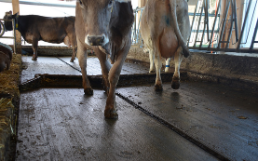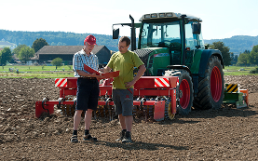- Avoiding Micropollutants from Agriculture
- Reducing Emissions
- Nitrogen and Phosphorus Inputs in Swiss Surface Waters
- Resource Use and Material Flows in Agroecosystems
- Swiss Agri-Environmental Data Network
- Refining the SALCA Life-Cycle Assessment Method and Calculation Tools
- Assessing the Sustainability of Farms
- Odour Impacts from Livestock Husbandry













